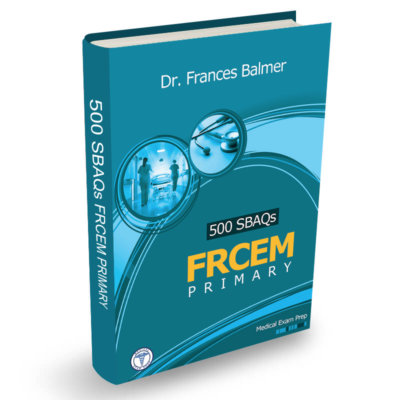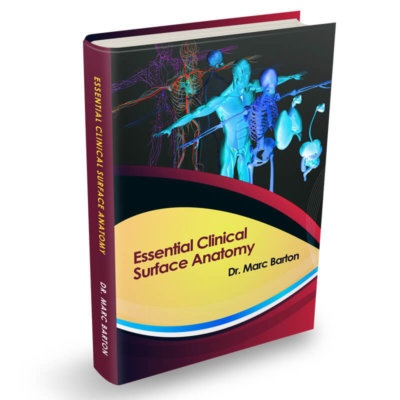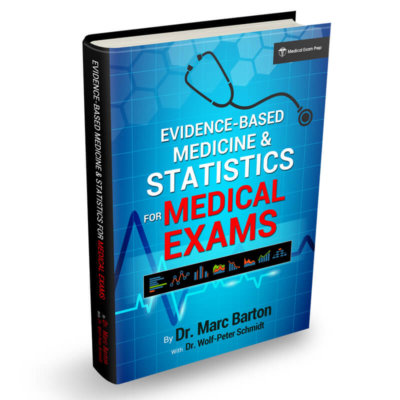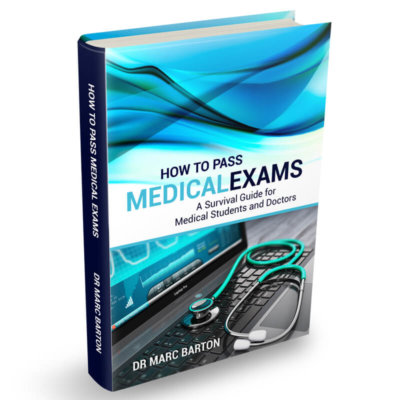Adult congenital heart disease (ACHD) is now part of routine clinical practice. Survival into adulthood is no longer unusual, and most children born with congenital heart disease in high-income countries now live well into adult life. In the UK, tens of thousands of adults now live with congenital heart disease, including those with repaired, palliated or unrepaired lesions.
Many of these patients will pass through radiology departments for unrelated reasons. Some will have documented histories; many won’t. As a radiologist, your role is to identify structural abnormalities, classify them correctly, and describe their functional significance.
This article provides a practical approach to recognising and reporting ACHD. It is mainly designed for doctors preparing for the FRCR, but it will also hopefully be helpful for anyone who regularly interprets chest radiographs, CTs, or MRIs in adult patients.
When Should You Consider ACHD?
Congenital heart disease in adults is often overlooked. The imaging may be abnormal, but the diagnosis is easily missed if you are not actively considering it.
Ask yourself:
- Is this a young or middle-aged adult with unexplained cardiomegaly?
- Do I see abnormal great vessel anatomy or pulmonary vascularity?
- Is there a history of cardiac surgery without clear documentation?
- Could this be a previously undiagnosed left-to-right shunt or repaired cyanotic lesion?
The most common clinical scenarios include dyspnoea, right heart strain, pulmonary artery enlargement, or incidental chamber dilatation. These are often labelled as “cardiomyopathy” or “suspected pulmonary embolism,” but the imaging may actually point to an underlying congenital abnormality – sometimes with secondary pulmonary hypertension.
A Functional Way to Classify ACHD
For reporting purposes, classifying ACHD by function rather than embryology is more useful.
It can be helpful to think in four broad groups:
- Left-to-right shunts: Atrial septal defect (ASD), ventricular septal defect (VSD), atrioventricular septal defect (AVSD), patent ductus arteriosus (PDA)
- Obstructive lesions: Pulmonary stenosis, aortic stenosis, coarctation of the aorta
- Cyanotic lesions: Tetralogy of Fallot, transposition of the great arteries (TGA), truncus arteriosus, total anomalous pulmonary venous return (TAPVR), tricuspid atresia
- Repaired or palliated anatomy: Fontan circulation, Glenn shunt, conduits, baffles, prosthetic valves
There is no need to memorise every possible variant, but you will need to learn the core pathologies and their imaging patterns. Recognising the physiology behind the findings is key to accurate reporting.
Modality-Based Approach
ACHD imaging relies on multiple modalities. Each plays a different role.
Chest radiograph
The chest X-ray is often the first test. While it won’t give you a definitive diagnosis, it can suggest that a congenital abnormality is present.
Look for:
- Unusual heart shape (e.g. boot-shaped in Tetralogy of Fallot, egg-on-side in TGA, snowman sign in TAPVR)
- Abnormal aortic arch position or great vessel contours
- Pulmonary vascular changes – plethora in shunt lesions, pruning in cyanotic disease
- Cardiomegaly without clear cause
- Surgical clips, wires or stents indicating prior repair
These features should prompt further imaging and a more detailed anatomical assessment.
Echocardiography
Echocardiography remains the first-line tool for most cardiac assessment. It provides real-time information on structure and function and is especially good for detecting:
- Septal defects (ASD, VSD)
- Valve abnormalities
- Chamber enlargement and pressure estimation
- Shunt flow (with or without bubble contrast)
Its limitations include poor windows in some adults and difficulty visualising complex or post-operative anatomy.
Cardiac CT
Cardiac CT is excellent for anatomical evaluation, particularly of the great vessels. It is used to:
- Identify aortic arch anomalies, coarctation or vascular rings
- Confirm pulmonary venous anatomy
- Evaluate coronary artery anomalies
- Map out surgical repairs (e.g. conduits or shunts)
Use ECG gating to reduce motion artefact. Cardiac CT scans are typically undertaken on supervised lists where the precise contrast timing can be closely monitored – this is particularly important in cases with abnormal connections or dual circulations.
Cardiac MRI
Cardiac MRI is often the most informative modality for assessing function and flow in ACHD. It allows assessment of:
- Chamber volumes and ejection fraction
- Shunt magnitude using Qp:Qs
- Severity of valvular regurgitation
- Flow pathways through repaired or palliated anatomy
- Myocardial fibrosis using late gadolinium enhancement
MRI is often used for long-term surveillance of repaired lesions, especially in Fontan or Tetralogy of Fallot patients.
A Structured Reporting Approach
Interpreting ACHD is easier with a consistent structure. When the anatomy is unfamiliar, start with the basics.
- Situs and cardiac axis: Confirm whether the atrial situs is solitus, inversus or ambiguous. Identify the position of the cardiac apex (levocardia, dextrocardia or mesocardia).
- Atrial and ventricular morphology: Distinguish morphologic right from left atrium and ventricle. Check for AV concordance or discordance. Look for double-inlet ventricles or unbalanced AV septal defects.
- Great vessel relationship: Determine if the aorta and pulmonary artery are normally related or transposed. Identify the sidedness of the aortic arch. Look for double-outlet or single-outlet configurations.
- Pulmonary veins and arteries: Trace the pulmonary veins – are they draining to the left atrium or anomalously to systemic veins? Examine pulmonary artery calibre and branching pattern.
- Surgical or interventional repairs: Identify Fontan pathways, Blalock–Taussig shunts, Rastelli conduits, or prosthetic valves. Look for signs of narrowing, calcification or thrombus.
- Functional consequences: Assess for chamber dilatation, regurgitation, flow disturbance, pulmonary hypertension or right heart failure.
Always state whether the findings are consistent with the patient’s symptoms or clinical suspicion.
Common Pitfalls
ACHD is often misinterpreted by radiologists unfamiliar with congenital anatomy. Some frequent errors include:
- Describing repaired anatomy as abnormal
- Missing shunt reversal and Eisenmenger physiology
- Failing to comment on pulmonary venous drainage
- Ignoring the sidedness of the aortic arch
- Using non-specific language (“complex anatomy”) instead of describing specific findings
Avoid vague summaries. Even if you are unsure of the final diagnosis, focus on describing what is there. A clear account of the anatomy and physiology gives the next clinician something to act on
ACHD in the FRCR Exam
Congenital cardiac lesions can appear in FRCR assessments, particularly in the written and reporting components, where you may be asked to interpret cross-sectional imaging or identify classic radiographic signs.
This may involve a chest radiograph with a classic sign or a CT showing repaired anatomy. The key is to describe the findings clearly and offer reasonable differentials. Know the core lesions and how they present on imaging.
Where to Focus First
Begin with the high-yield, commonly encountered lesions:
- Atrial septal defect (secundum and primum)
- Ventricular septal defect
- Patent ductus arteriosus
- Coarctation of the aorta
These conditions appear frequently on imaging and are testable in exams. From there, build your understanding of repaired cyanotic conditions, especially Tetralogy of Fallot and Fontan circulation.
These lesions follow recognisable patterns. Once you have seen them a few times, they become much easier to identify and report.
Final Points
Adult congenital heart disease isn’t rare, and it isn’t niche. With better survival and growing numbers of repaired patients, you will encounter ACHD more often than you expect. Recognising core lesions, understanding post-operative anatomy, and reporting findings in a structured, functional way will improve both your clinical impact and exam readiness. Start with what’s common, stay systematic, and describe what you see.
Thank you to the joint editorial team of FRCR Exam Prep for this ‘Exam Tips’ post.






